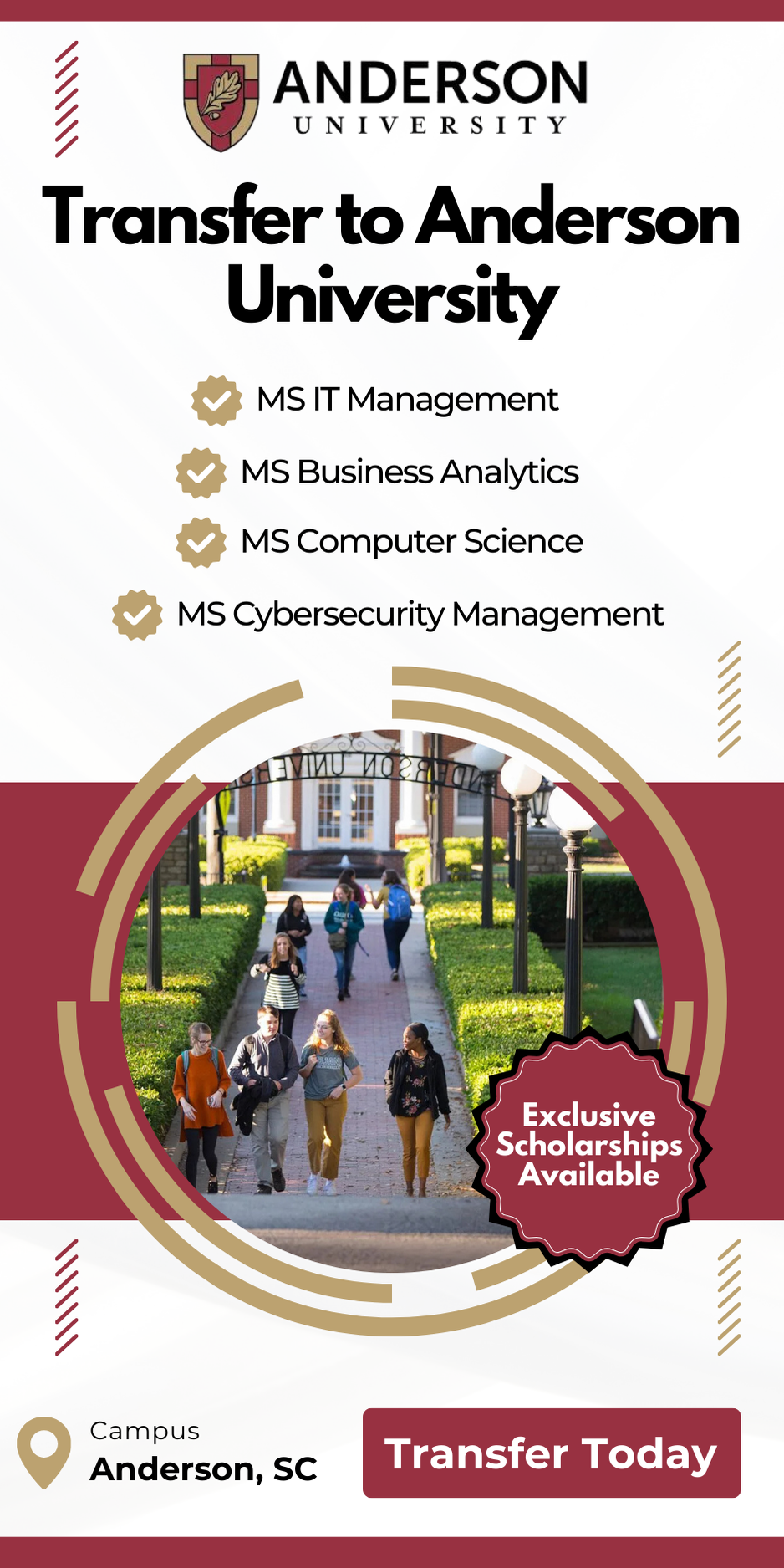Overview
Navigating the complexities of U.S. immigration status transitions, especially between H-1B and F-1 visas, requires careful planning and adherence to legal procedures. This guide provides a comprehensive overview of transitioning from H-1B to F-1 status and back to H-1B, ensuring compliance and strategic advantage.
Transitioning from H-1B to F-1 Status
When facing employment termination or seeking further education, H-1B visa holders may consider shifting to F-1 student status. This change allows individuals to remain legally in the U.S. while pursuing academic goals.
Steps to Change Status:
- Secure Admission to a SEVP-Certified Institution: Apply for acceptance into a Student and Exchange Visitor Program (SEVP)-certified U.S. educational institution.
- Obtain Form I-20: Upon acceptance, the institution will issue Form I-20, “Certificate of Eligibility for Nonimmigrant Student Status.”
- File Form I-539: Submit Form I-539, “Application to Extend/Change Nonimmigrant Status,” to U.S. Citizenship and Immigration Services (USCIS), along with the required fees and supporting documents, including the I-20 and proof of financial support.
- Await USCIS Decision: Processing times may vary; maintain valid H-1B until F-1 status is approved.
While on F-1 Status
Maintaining F-1 status involves adhering to academic and legal requirements:
- Full-Time Enrollment: Enroll in an entire course of study as defined by the institution.
- Employment Regulations: F-1 students may engage in on-campus employment and, after meeting eligibility criteria, may participate in Curricular Practical Training (CPT) or Optional Practical Training (OPT).
Transitioning Back to H-1B Status
To return to H-1B status after completing studies or during OPT:
- Secure H-1B Sponsorship: Obtain a job offer from an employer willing to sponsor an H-1B petition.
- Employer Files Form I-129: The sponsoring employer must file Form I-129, “Petition for a Nonimmigrant Worker,” on your behalf.
- Cap Considerations: If you have previously been counted against the H-1B cap within the past six years, you may be exempt from the cap for a new petition.
Important Considerations
- Timing: Initiate status changes promptly to avoid unlawful presence.
- Legal Compliance: Ensure all employment and academic activities comply with USCIS regulations.
- Consultation: Seek advice from immigration attorneys or designated school officials to navigate specific circumstances effectively.
People Also Ask (PAA)
- Can I switch from H-1B to F-1 status?
- Yes, H-1B visa holders can apply to change their status to F-1 by securing admission to a SEVP-certified institution and filing Form I-539 with USCIS.
- How long does it take to change from H-1B to F-1?
- Processing times for Form I-539 can vary, often taking several months. It’s essential to maintain valid status during this period.
- Can I work while my H-1B to F-1 status change is pending?
- You may continue working under H-1B status until the change to F-1 is approved. Once on F-1 status, employment is restricted to on-campus jobs or authorized practical training.
- Is there a grace period after H-1B employment ends?
- H-1B visa holders have a 60-day grace period to find new employment, change status, or depart the U.S.
- Can I return to H-1B status after studying on an F-1 visa?
- Yes, after completing studies or during OPT, you can have an employer file a new H-1B petition on your behalf.
- Do I need to leave the U.S. to change from H-1B to F-1?
- Not necessarily. You can apply for a status change within the U.S. by filing Form I-539.
- What happens if my change of status application is denied?
- If denied, you must take immediate steps to maintain lawful status, which may include leaving the U.S.
- Can I apply for OPT after changing from H-1B to F-1?
- Yes, F-1 students are eligible for OPT, allowing them to work in their field of study for up to 12 months, with possible extensions for STEM fields.
- Is there a limit to how many times I can change between H-1B and F-1 statuses?
- No specific limit exists, but each change must meet eligibility requirements and be appropriately filed and approved.
- Does time spend on F-1 status count against the H-1B six-year limit?
- No, time in F-1 status does not count toward the maximum six-year duration of H-1B status.
Navigating these transitions requires careful planning and adherence to immigration laws. Consulting with immigration professionals can provide personalized guidance tailored to your situation.

